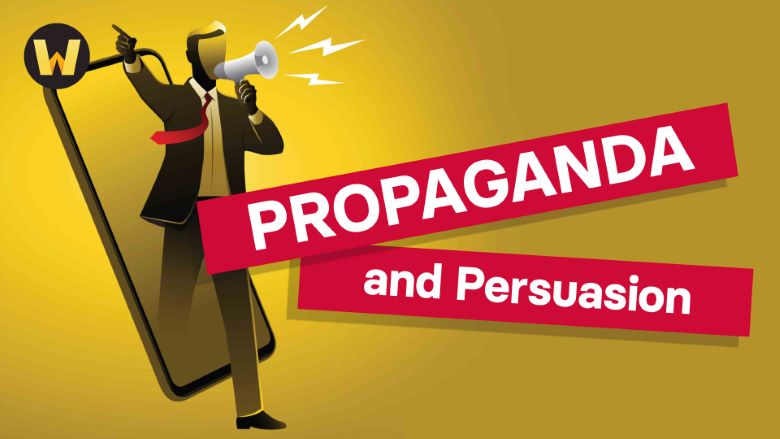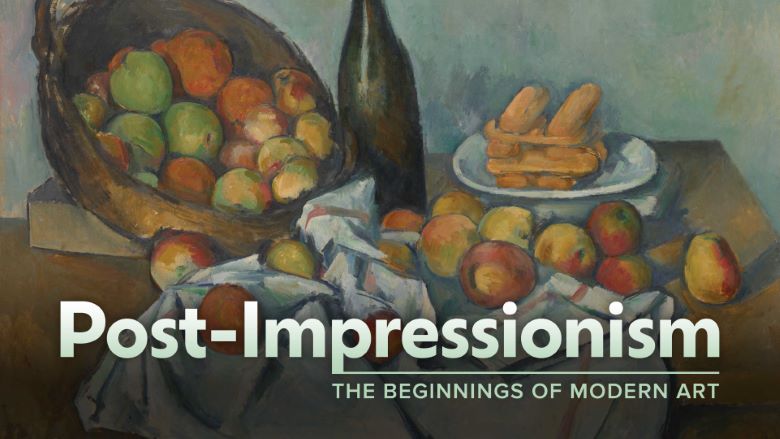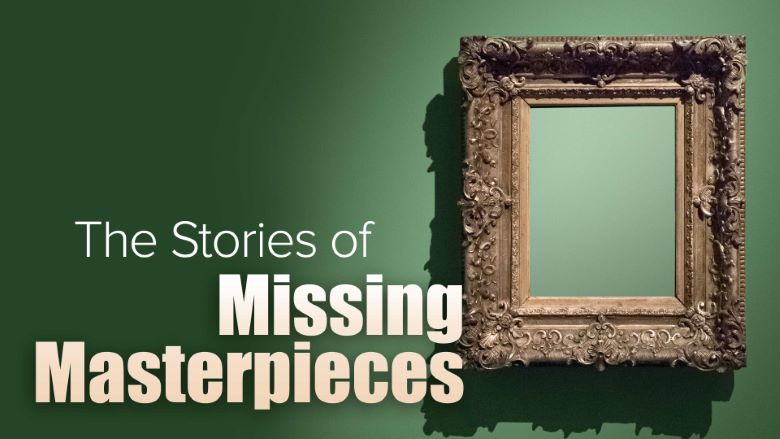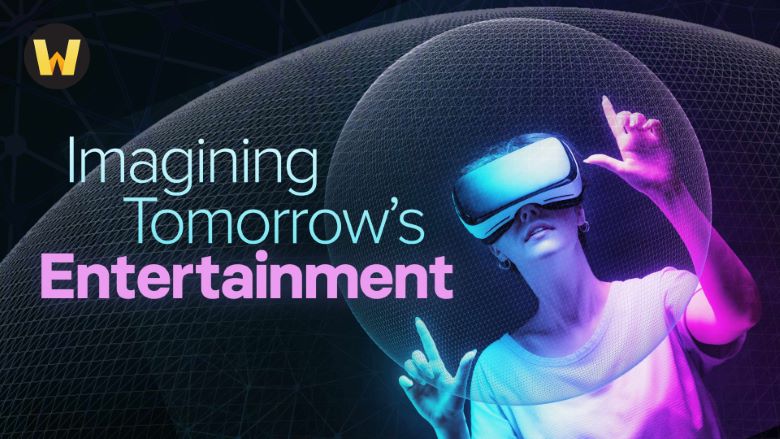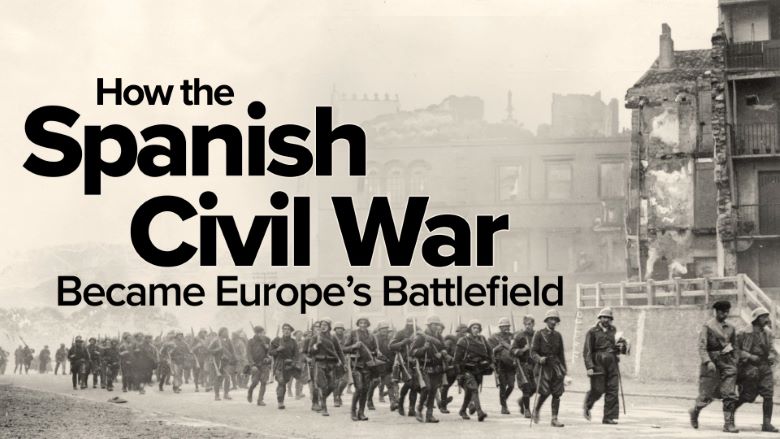
TTC - Nature Watching: How to Find and Observe Wildlife
Released 4/2023
MP4 | Video: h264, 1280x720 | Audio: AAC, 44.1 KHz, 2 Ch
Genre: eLearning | Language: English | Duration: 24 Lessons (7h 3m) | Size: 6 GB
The incredible wealth and diversity of wildlife is one of the great treasures of our planet. In North America alone, our ecosystems teem with an amazing range of wild creatures, from majestic elk, moose, bears, bison, mountain lions, caribou, and wolves to some 800 bird species, and an astonishing number of smaller mammals, reptiles, amphibians, and invertebrates.
Although we are coinhabitants with the animal life in our biosphere, many of us live far from the places where wild creatures thrive. But wherever we may live, it s easy to miss the full richness of the wildlife around us unless we know where to look and what to look for.
Here is where the skill of wildlife tracking offers an extraordinary window into our natural environments. Wildlife tracking, encompassing many areas of knowledge, is the practiced facility of identifying and following the tracks, trails, and other evidence of animal life we find in woods, deserts, rivers, lakes, mountains, plains, and our own backyards. The knowledge we gain, as well as the insight and heightened awareness tracking gives us, allows for a deeper experience of the ecosystems we enter, and the ability to locate, appreciate, and enjoy the animal life we find there.
Tracking opens a compelling and powerful way to relate to animals and the ecosystems they live in, bringing us into intimate contact with wildlife and the ever-changing environments they call home. In Nature Watching: How to Find and Observe Wildlife, you ll travel into the wonders of the natural world, learning and practicing the skills of tracking, as you explore the wild, natural environments that inspire you. Your guide is Casey McFarland of CyberTracker Conservation, a senior professional tracker, teacher of wildlife guides, and a passionate advocate of the wilderness and the magnificent spectrum of life that awaits you there.
Delve into the Wonder and Mystery of Animal Behavior
These 24 exciting episodes introduce you to the core skills of wildlife tracking, illustrated through a rich range of location photography, video footage, and Mr. McFarland s expert and inspired teaching. A grasp of the skills of tracking gives you the chance to
Go into the field and see things most others don t see; to read the landscapes of wild places, as professional trackers do;
Observe animal life across a broad spectrum, from beetles and cicadas, soaring hawks and swallows to wild canines, felines, hooved animals, bears, rodents, and the wild inhabitants of more faraway places;
Deeply sensitize yourself to natural landscapes and ecosystems, and to blend in and go unnoticed;
Recognize the trails; tracks; and the marking, feeding, bedding, and mating behavior of a wide range of mammals, birds, reptiles, insects, and more;
Discover the amazing world of animal communication, found in marking spots, buck rubs, animal calls, and the many other ways that animals gather and transmit information; and
Know the deep sense of connection and intimacy with nature that tracking brings.
Casey s gripping commentary brims with real-life tracking adventures, as you travel the world in his company, on the trail of the remarkable creatures that populate our biosphere. In each lesson, you ll study a key skill of tracking, concluding with a field assignment, where you ll put the skills and information you ve learned into practice. You will be able to take your new knowledge into wild places, building the skills of tracking in whatever environment you choose.
And Casey makes it clear that the principles of tracking we learn in our home ecosystems apply everywhere in the world. You can use your knowledge of the tracks of the bobcat in the United States, the bedding behavior of caribou, or the mating rituals of hummingbirds in wild environments across the planet.
Learn to Track Nature s Wild Creatures in the Field
In this practical and hands-on course, you ll take a detailed overview of what expert trackers do, as you build skill with essential elements of tracking, such as
The Lore and Magic of Animal Tracks. Over the course of four episodes, learn to identify the paw, hoof, and foot prints animals leave on the landscape. Study how tracks look in different ground and weather conditions. Learn to read the age of tracks; whether tracks are front or back, right or left; and the gait patterns that tell us much about an animal s behavior.
Tracking the Amazing World of Birds. Discover what tracking teaches us about the avian world: Take a deep dive into bird feathers, which reveal a bird s style of flight and other vital clues; bird nests, how birds build them and what they tell us; and bird language, the remarkable range of bird vocalization and inflection, and the information birds convey;
The Potent Language of Animal Marking. Across various episodes, grasp how animals are just as involved in communication as we are. Investigate the multiple ways animals use scent, to mark territory, transmit information, create community bulletin boards, and participate in mating rituals, and how as trackers we can decipher a world of information from their marks;
Going Invisible and Recalibrating Your Senses. Look deeply into what tracking requires of us as visitors to wild places; learn the principles of camouflage, appropriate clothing, and unobtrusive movement in the field; begin the process of retraining and heightening your senses and awareness, so as to become highly sensitized to the environments you enter;
Bedding, Nesting, and Mating in the Wild. Take an intimate look into animal behavior through their bedding spots, highlighting those of deer and bears; see what tracking uncovers about the tunnels and digs of prairie dogs, badgers, and other burrowing creatures; and delve into animal mating rituals, and find intriguing evidence in the field of those of elk and rabbits;
The Art of Trailing. Over two episodes, study the core skill of following an animal in the field over a distance. Learn the strategies expert trackers use, paying attention to many clues beyond the tracks, scanning the landscape ahead, and monitoring the direction of air currents. Grasp how to glean important information by listening, and how to re-find the trail if you ve lost it.
Enjoy an Intimate Immersion in Natural Life around You
Throughout these richly informative episodes, Casey illustrates the principles and methods of tracking through demonstrations and engrossing stories of tracking in the field. Among many examples, you ll travel with him on the trail of wild elk in Wyoming, mountain lions in Colorado and Chile, macaques in Taiwan, elephants in Kenya, and follow the astonishing migration route of the blackpoll warbler from Alaska to Brazil.
Through these encounters, and with your new skills, you ll experience how tracking takes us vividly into the lives of animals, as they lead us to where they feed, and where they bed, hunt, mate, and raise their young revealing how they see the world, and offering us a unique perspective other than our own.
In Nature Watching: How to Find and Observe Wildlife, you ll encounter the stunning beauty and diversity of our planet, its wild creatures, and its rich ecosystems, as you discover a different and richly rewarding way of knowing the world.
What Will You Learn?
Learn to identify the paw, hoof, and foot prints animals leave on the landscape, and explore how tracks look in different ground and weather conditions
Gain practical tips on how to blend into the environment when tracking wildlife, in terms of both camouflage and movement
Discover the strategies expert trackers use to follow an animal in the field over distance, such as checking air currents, scanning the landscape ahead, and pausing to listen to the environment
Code:
https://anonymz.com/?https://www.thegreatcourses.com/courses/nature-watching-how-to-find-and-observe-wildlife

Code:
https://rapidgator.net/file/223346484b2501e6396bc69d925fbcc4/Nature_Watching_How_to_Find_and_Observe_Wildlife.part1.rar
https://rapidgator.net/file/2a62ed3c99e70c887c4f5ab330685d0a/Nature_Watching_How_to_Find_and_Observe_Wildlife.part2.rar
Code:
https://nitroflare.com/view/B2C37EC60FD32FA/Nature_Watching_How_to_Find_and_Observe_Wildlife.part1.rar
https://nitroflare.com/view/6C617F2FFEF8FAF/Nature_Watching_How_to_Find_and_Observe_Wildlife.part2.rar

 Our Live Cams
Our Live Cams





 Reply With Quote
Reply With Quote



